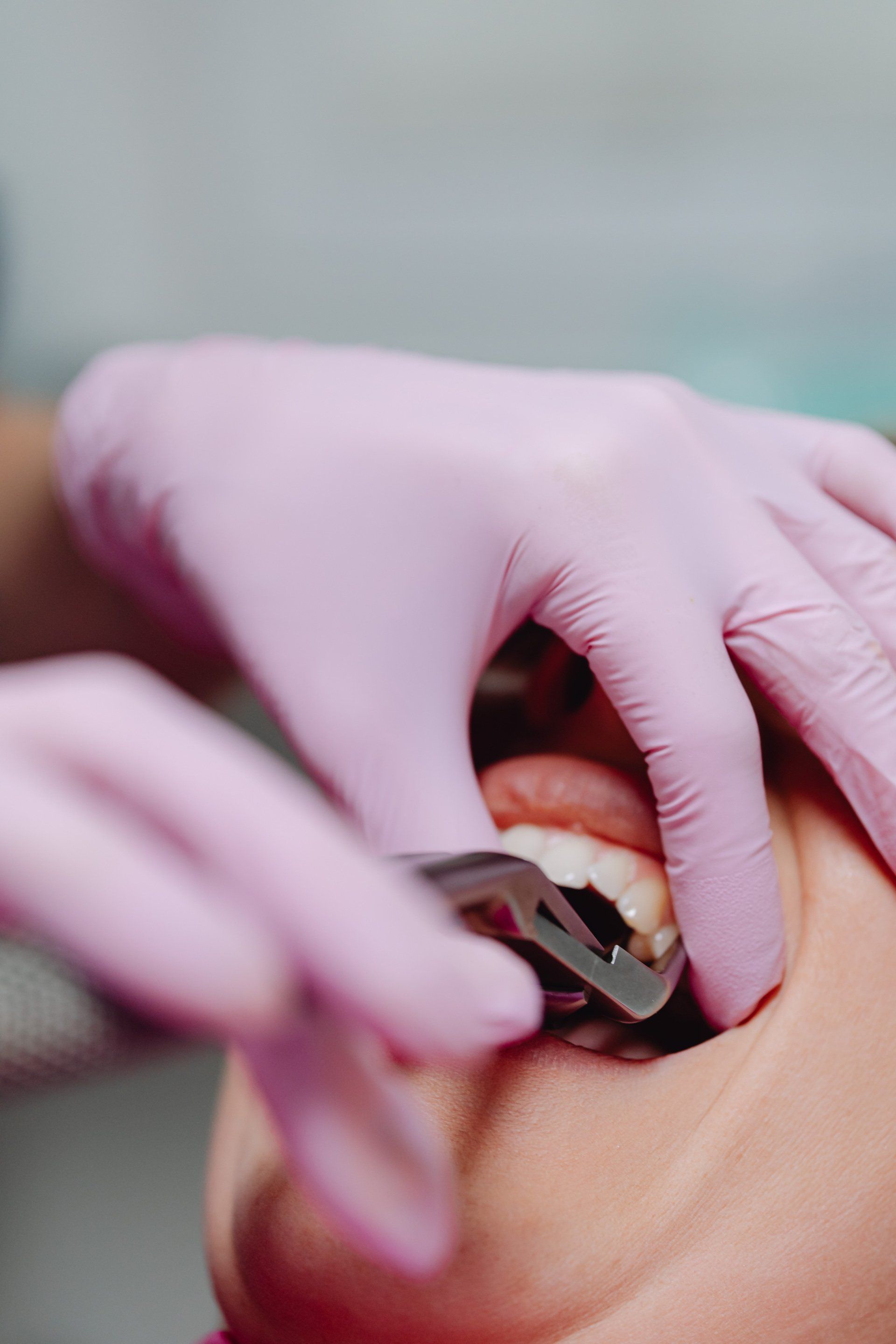What Are the Symptoms and Treatment of Gum Disease?


Gum disease, also known as periodontal disease, is a common ailment of the mouth . It can range from mild gum inflammation (gingivitis) to an infection (periodontitis) that can reach your teeth and cause irreparable damage. The extent of the damage depends on the actions you take and your oral care routine.
But even mild gum disease has been shown to increase your risk of other conditions such as heart disease, osteoporosis, diabetes, pneumonia, and even cancer.
The good news is that, for the most part, gum disease is easily treated.
Symptoms
The best way to catch it early is by knowing what to look for. Here are a few early warning signs :
- Bleeding gums: The gums looking red and swollen–inflammation–is often the first sign of the problem. They will likely also feel tender and may bleed when you brush, and particularly when you floss.
- Receding gums: Do your teeth look longer than they used to? They aren’t growing–your gums are getting smaller. “[When] bone starts to break down, the gums start separating from the tooth, creating a pocket,” says Erik Sahl, DDS, of Loma Linda University.
- Loose or drifting teeth: Because gum disease affects the bones holding your teeth in place, in severe cases your teeth may shift or feel loose. This affects the way your smile looks, and more importantly, the way your teeth fit together. And an improper bite can lead to other problems with your jaw, such as TMJ.
- Stinky breath: Being warm and wet, the mouth is an ideal home for bacteria. In the mouth, bacteria typically feed on plaque, so more plaque means more bacteria. The toxins released by the feeding bacteria not only bother the gums and teeth but can also have a bad smell.
- Sensitivity: Do your teeth seem to be more sensitive to extreme temperatures than they used to? This increased sensitivity often goes along with receding gums–the gums pulling back exposes the more sensitive part of teeth.
Treatment
Generally, the first step in treating gum disease is a deep cleaning of your teeth. A normal dentist visit usually only cleans above the gum line; a deep cleaning goes beneath. In a process called scaling, your dentist will scrape tartar off above and below your gum line.
There are also other options of treatment for severe cases, such as antibiotic chips or gel that are inserted into your gum pockets, and they release medication over time to close the pocket back up and eliminate bacteria.
The best method of prevention is to brush and floss twice daily. If you require treatment, be sure to visit your dentist regularly. For more information about the types of treatment and care we offer, contact South Temple Dental.
The post What Are the Symptoms and Treatment of Gum Disease? appeared first on South Temple Dental.


Areas We Serve
Downtown Salt Lake City
84103, 84116, 84104, 84101, 84111, 84102, 84112, 84113, 84108, 84105, 84115, 84104, 84103
Business Hours
- Monday
- -
- Tuesday
- -
- Wednesday
- -
- Thursday
- -
- Friday
- -
- Saturday
- Closed
- Sunday
- Closed
All Rights Reserved | South Temple Dental
Dentist in Downtown Salt Lake City, Utah
